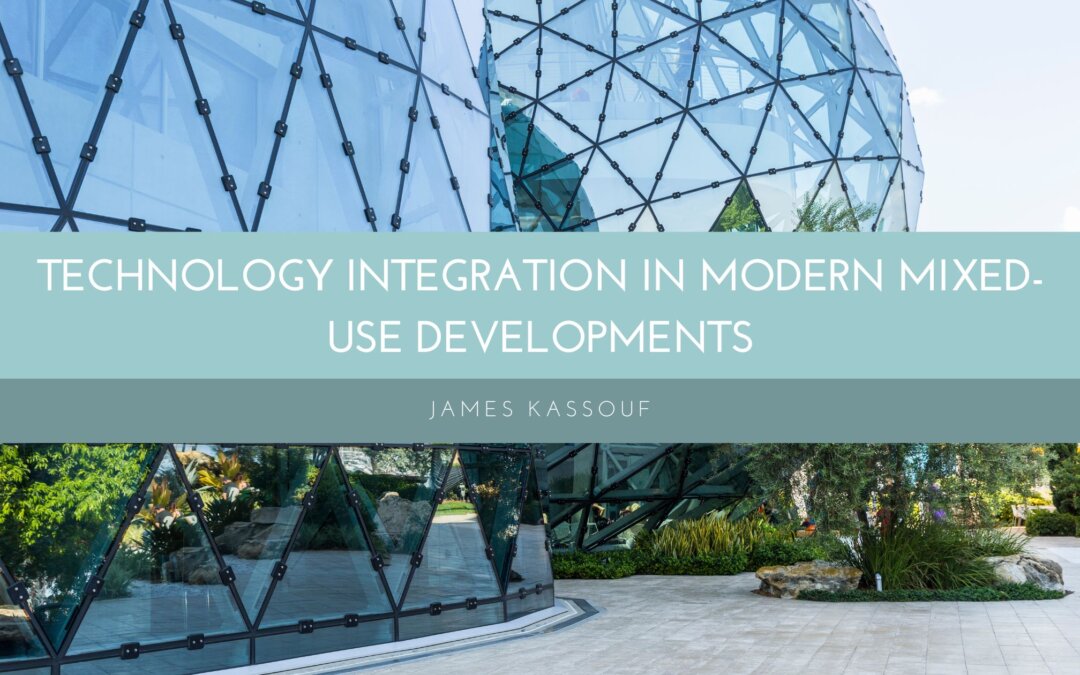As cities evolve and urban spaces become more complex, technology integration has become a defining feature of modern mixed-use developments. Technology is not merely an add-on but a fundamental aspect of the design process, aiming to enhance residents’ efficiency, sustainability, and overall quality of life. From smart buildings to data-driven urban planning, the seamless integration of technology is reshaping the landscape of mixed-use developments.
Mixed-Use Developments
One of the key aspects of technology integration in modern mixed-use developments is the rise of smart buildings. These structures leverage advanced technologies, such as the Internet of Things (IoT) and artificial intelligence, to enhance functionality and efficiency. Smart buildings can optimize energy consumption, monitor and adjust internal environments for comfort, and improve security through advanced surveillance and access control systems.
Interconnected Systems
Furthermore, the concept of a connected environment is gaining prominence. Modern mixed-use developments are designed as interconnected ecosystems where various components communicate seamlessly. Residents can enjoy the benefits of a connected community through smart home devices, shared mobility platforms, and integrated communication systems.
Sustainable Technology
Incorporating sustainable technologies is another crucial trend in modern mixed-use developments. From renewable energy sources to energy-efficient systems, developers are prioritizing eco-friendly solutions to minimize environmental impact. Solar panels, wind turbines, and geothermal heating and cooling systems are becoming commonplace, contributing to a reduced carbon footprint and lower energy consumption. Additionally, advanced waste management technologies, such as automated recycling systems, are being implemented to promote sustainability and reduce the environmental impact of mixed-use developments.
Data-Driven Urban Planning
The rise of data-driven urban planning revolutionizes how mixed-use developments are designed and managed. By leveraging data analytics and artificial intelligence, developers can make informed decisions about infrastructure, transportation, and public spaces. This approach allows for more efficient land use, optimized traffic flow, and the creation of vibrant, livable spaces that cater to the community’s needs.
Public Spaces
Moreover, technology influences the design and functionality of public spaces within mixed-use developments. Wi-Fi-enabled parks, smart benches with charging ports, and interactive art installations are becoming common features. These elements enhance the overall experience for residents and visitors, fostering a sense of community and connectivity. Technology-driven placemaking strategies aim to create vibrant, inclusive public spaces that cater to diverse user needs and preferences.
Integrating technology in modern mixed-use developments is a multifaceted approach beyond mere automation. It is about creating intelligent, connected, and sustainable urban environments that enhance residents’ well-being and contribute to cities’ overall resilience. As technology advances, its role in shaping the future of mixed-use developments will only become more pronounced, leading to innovative and dynamic urban spaces that respond to the evolving needs of communities.

